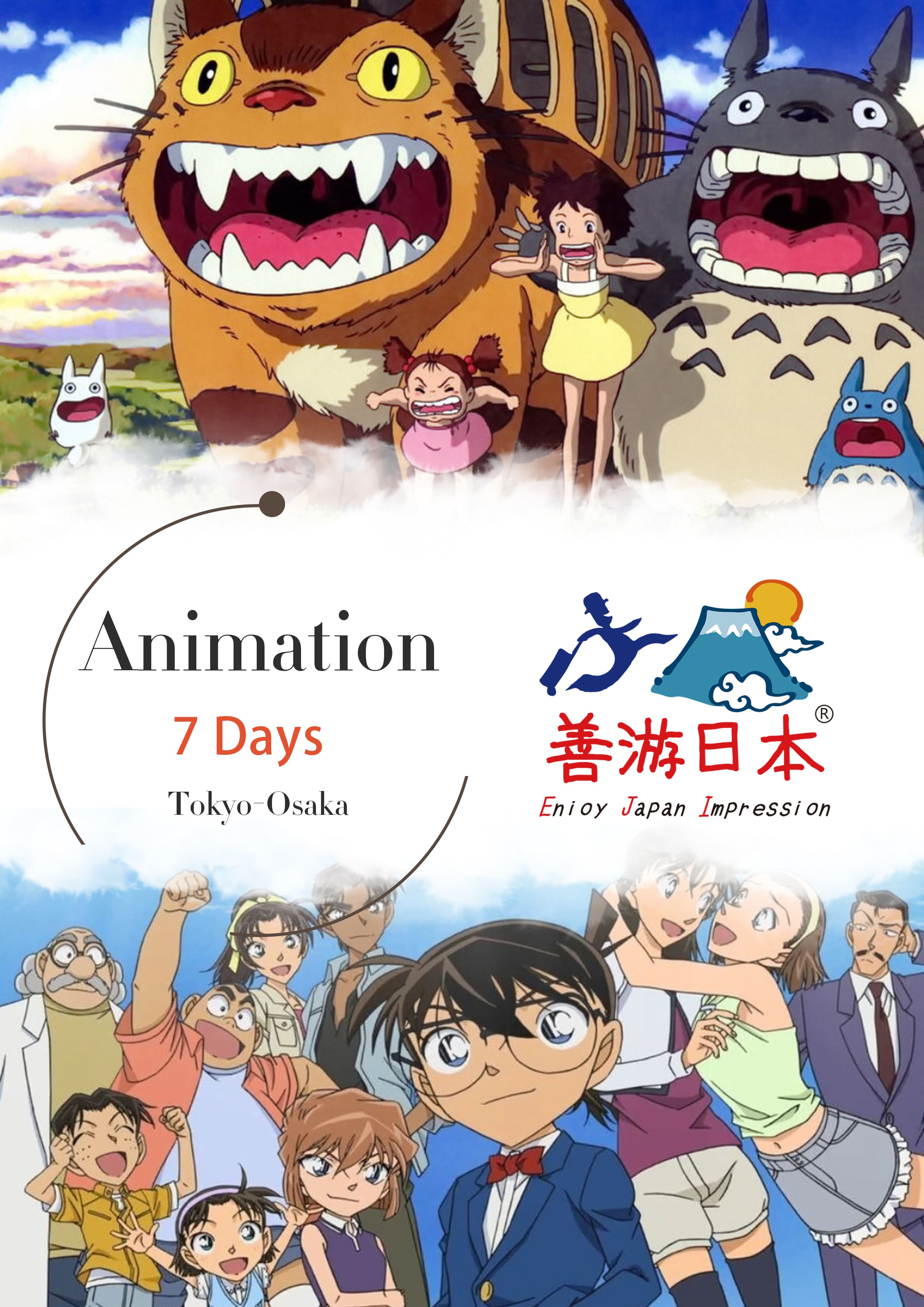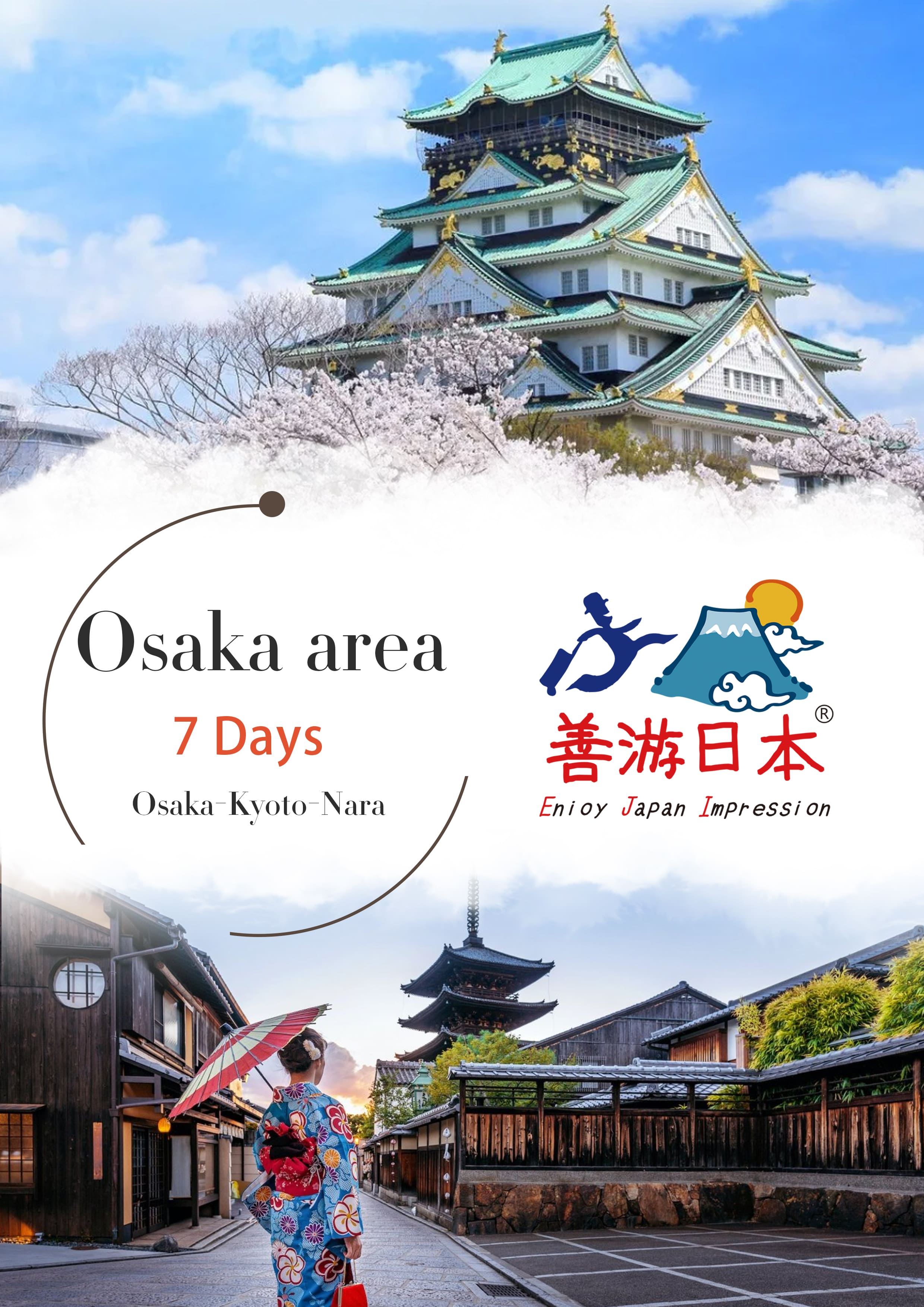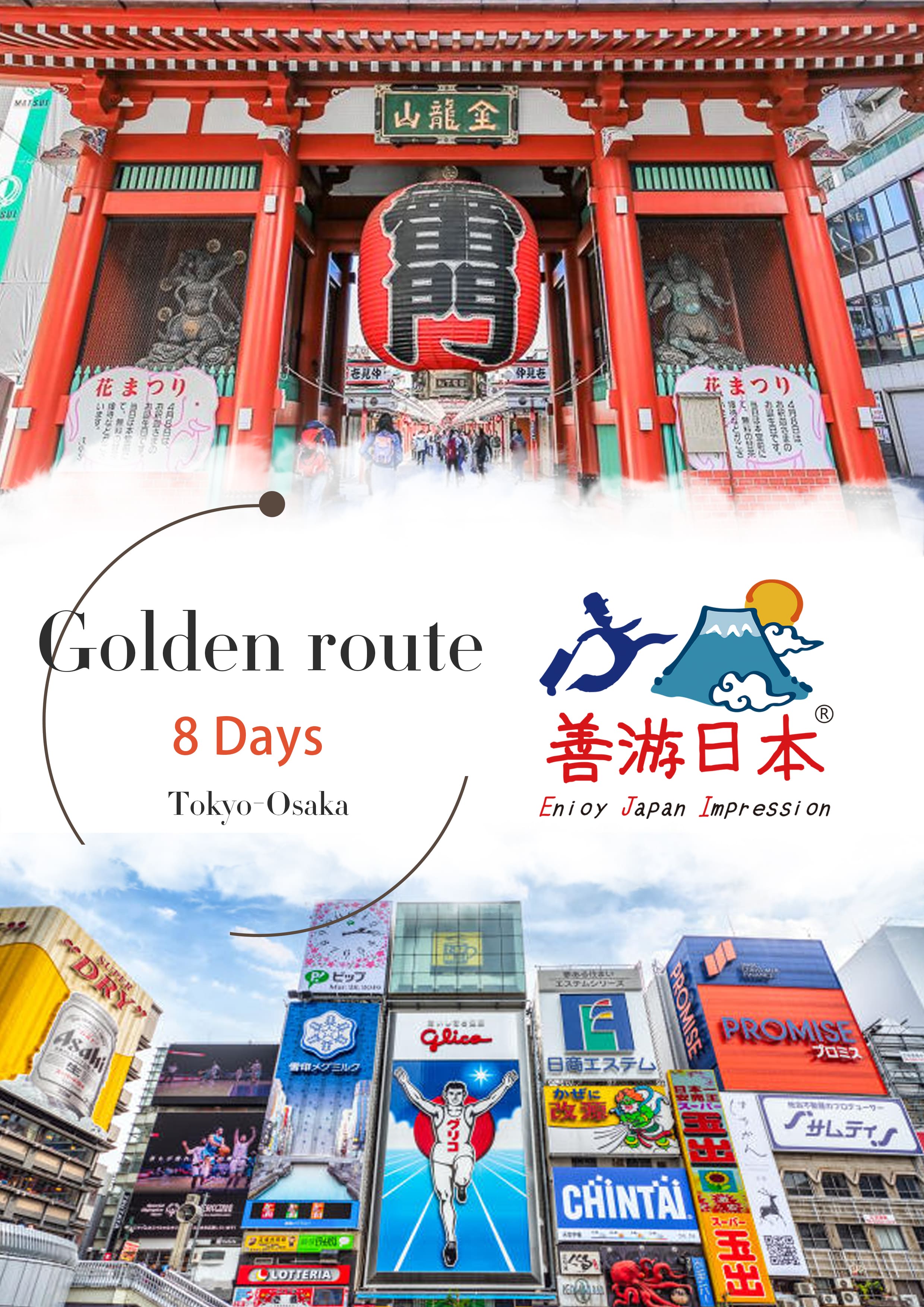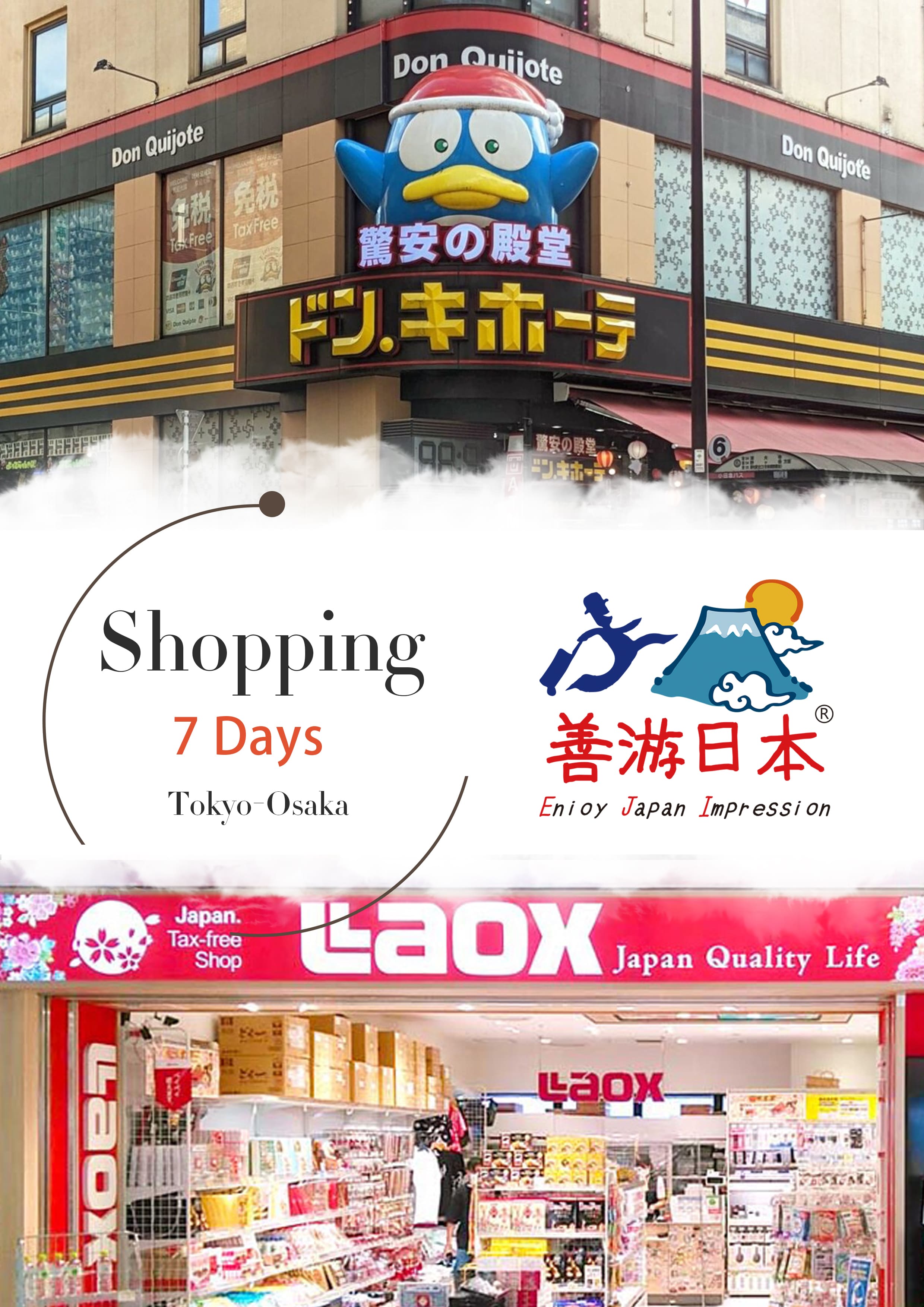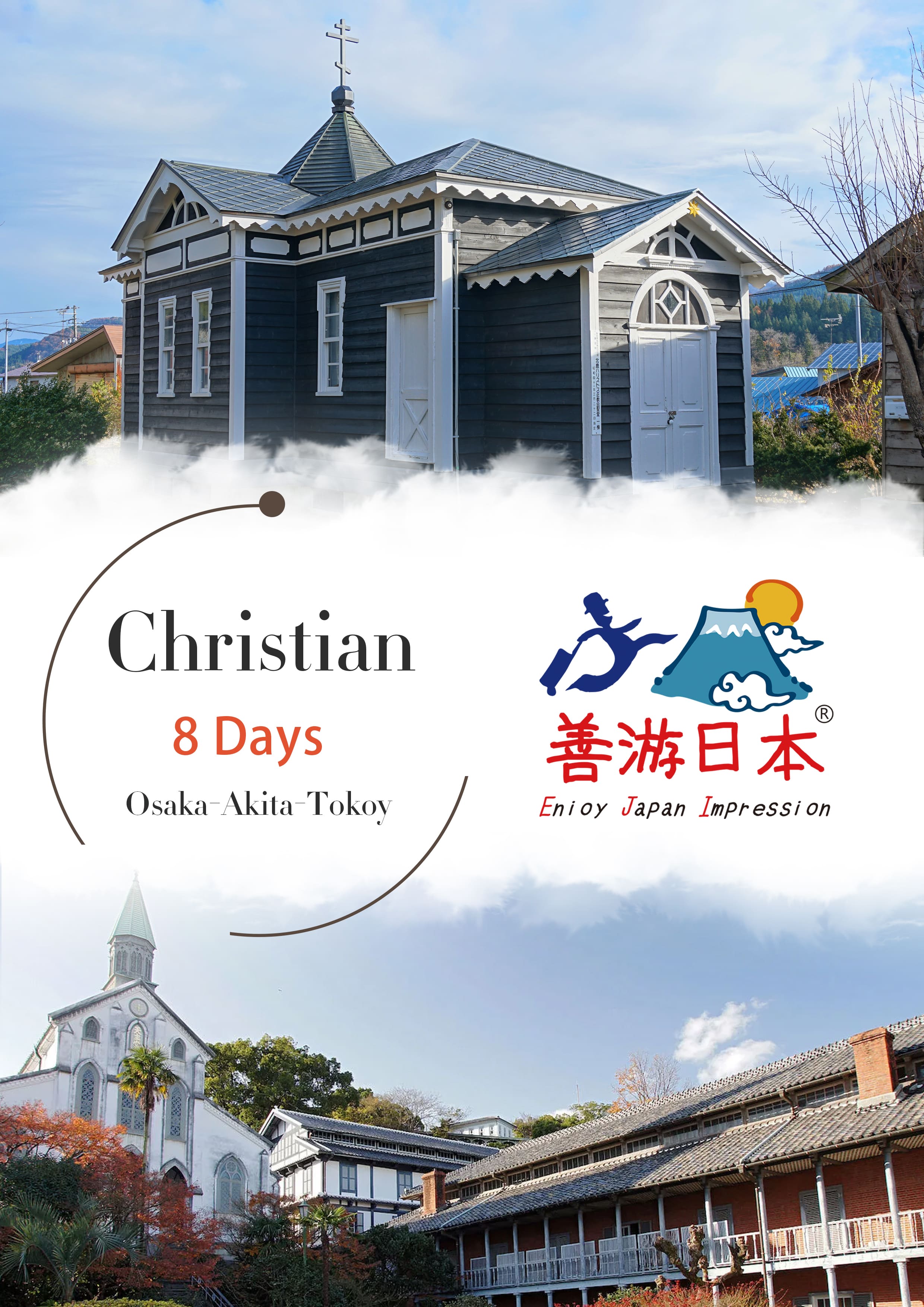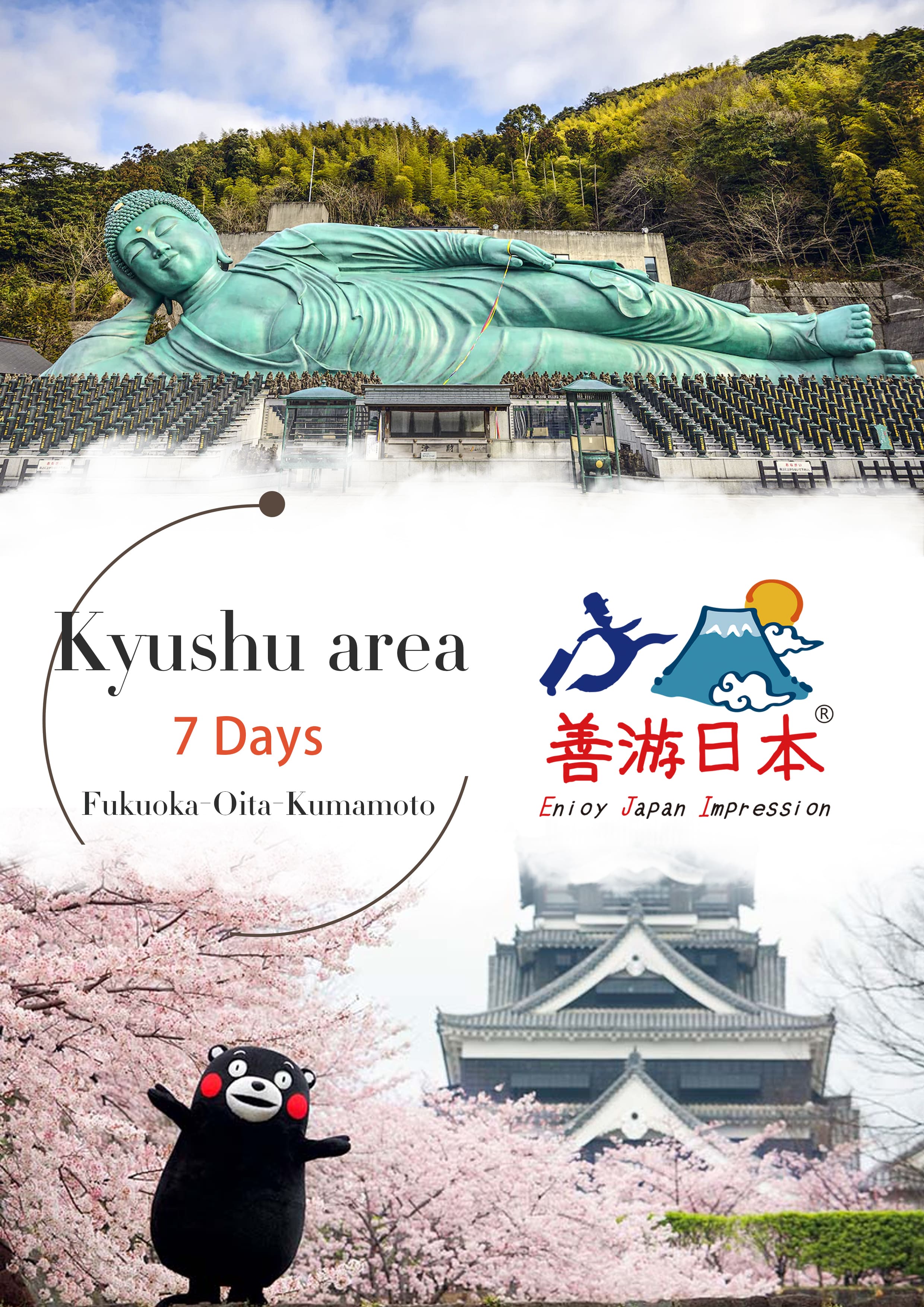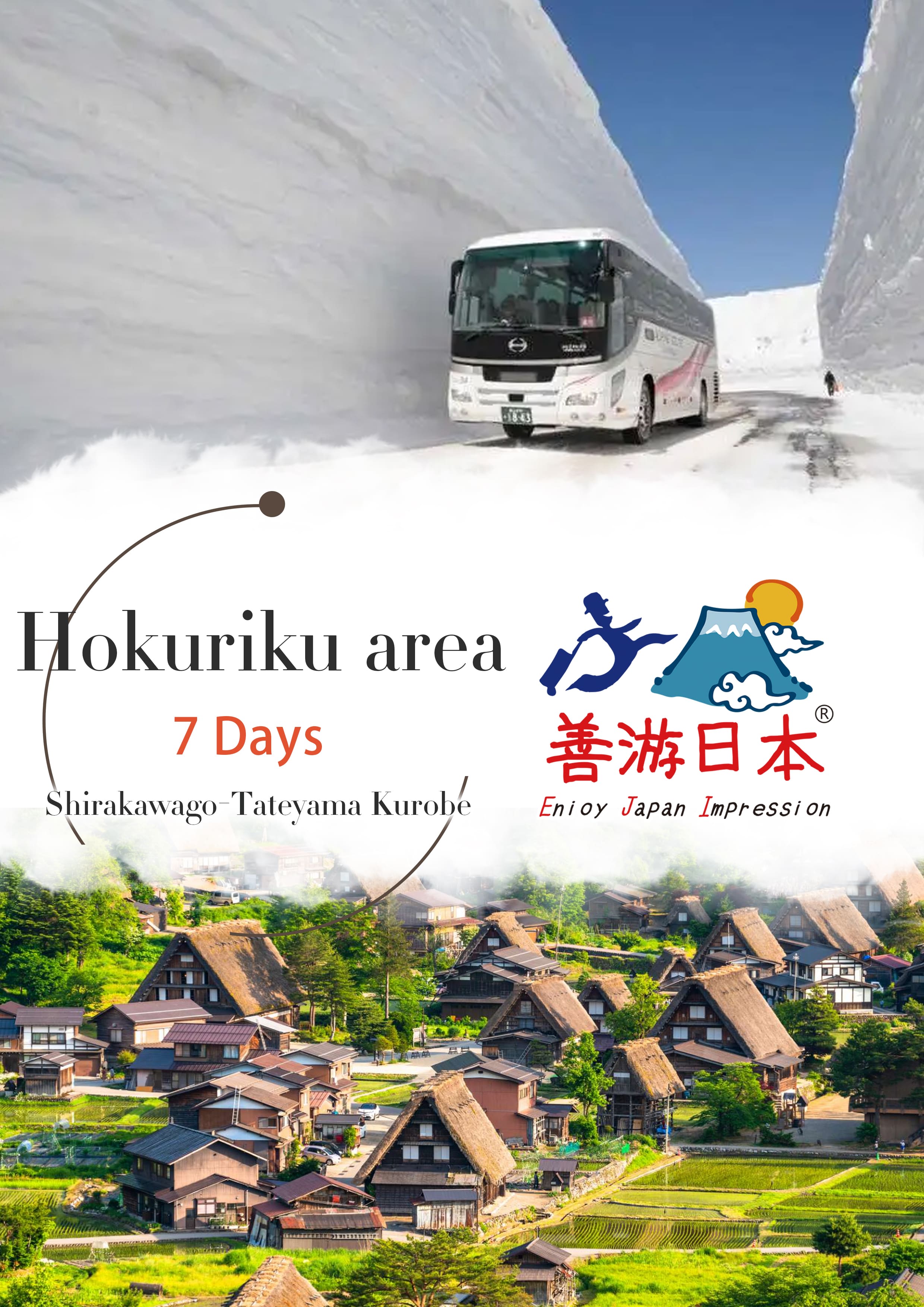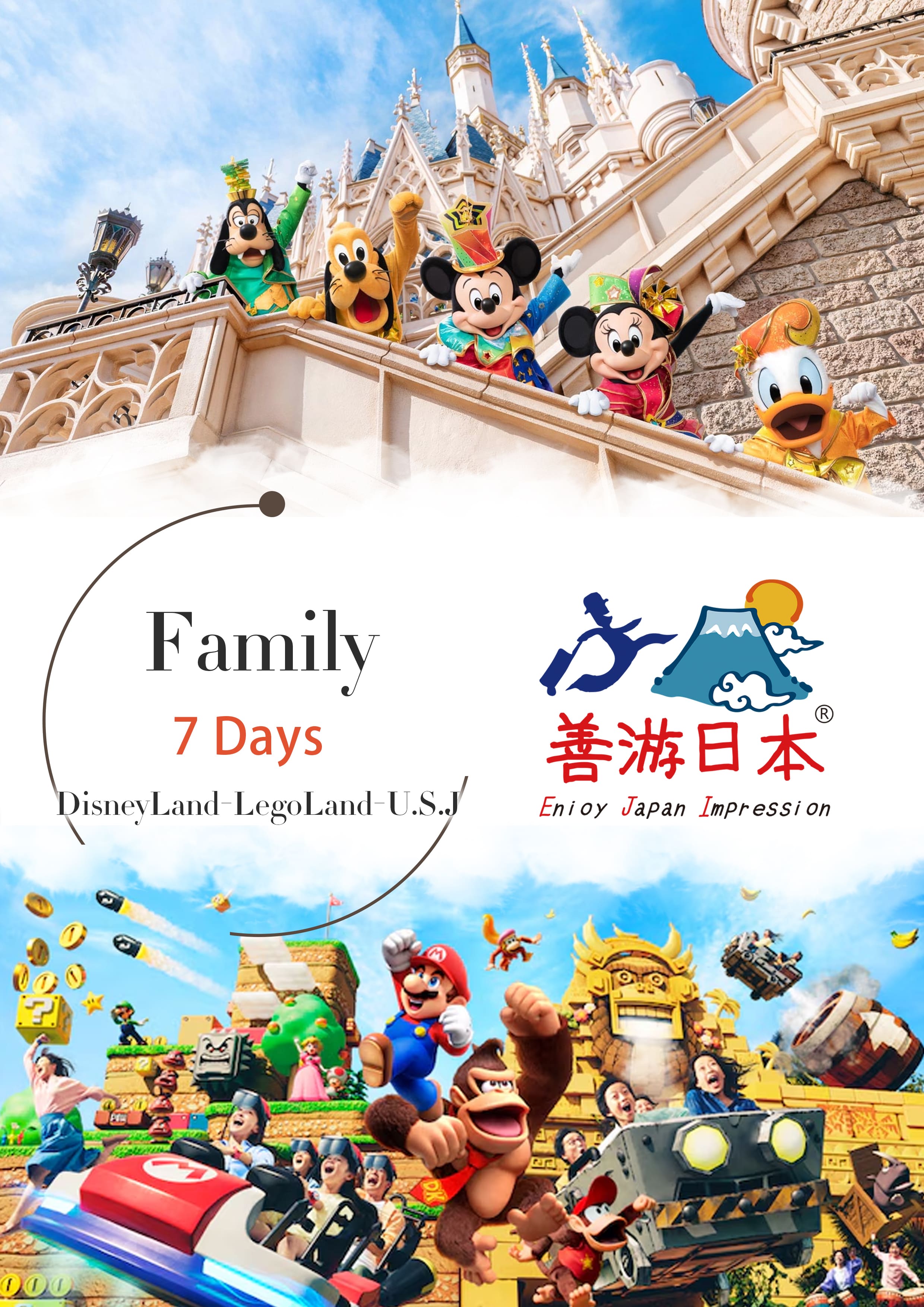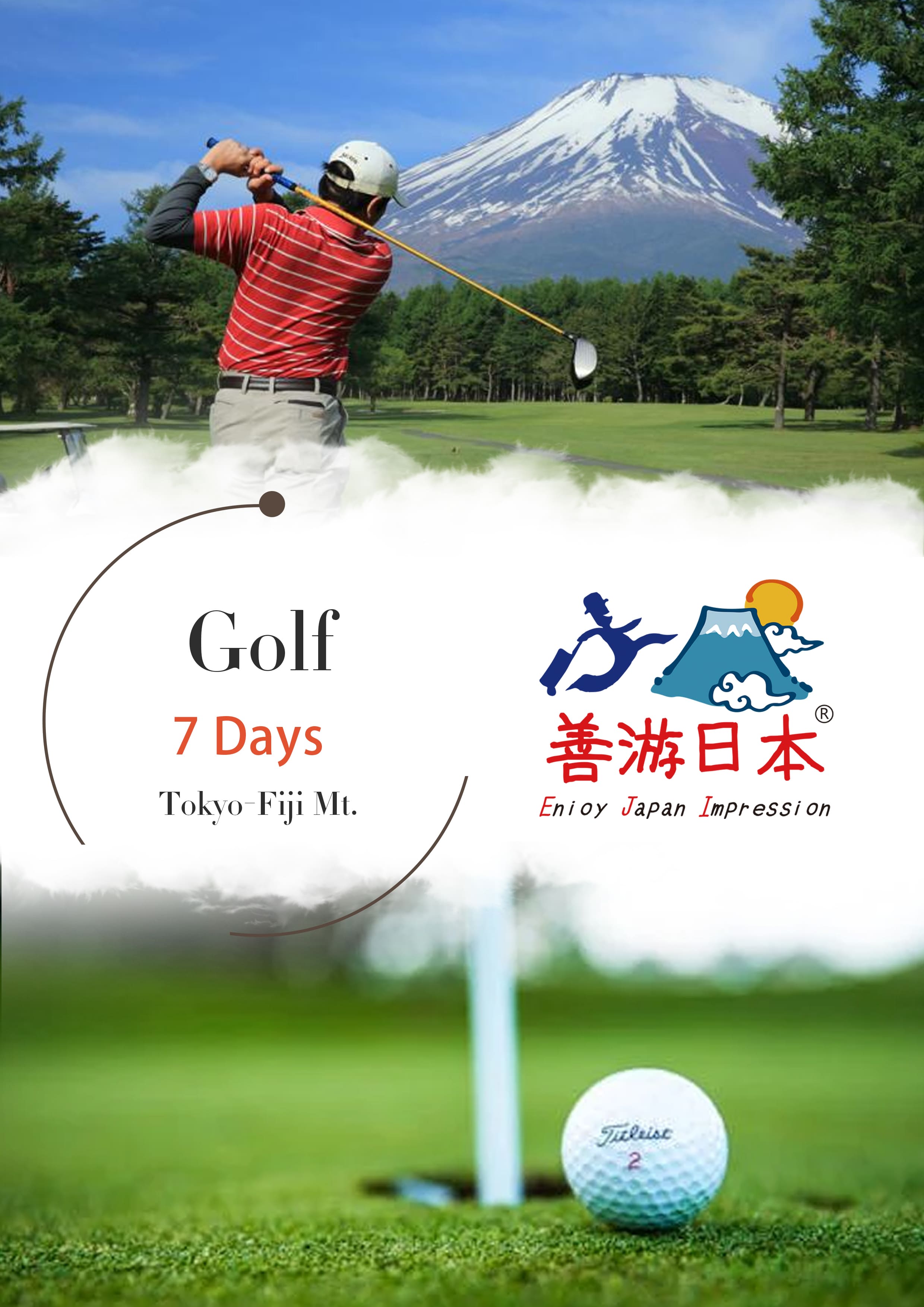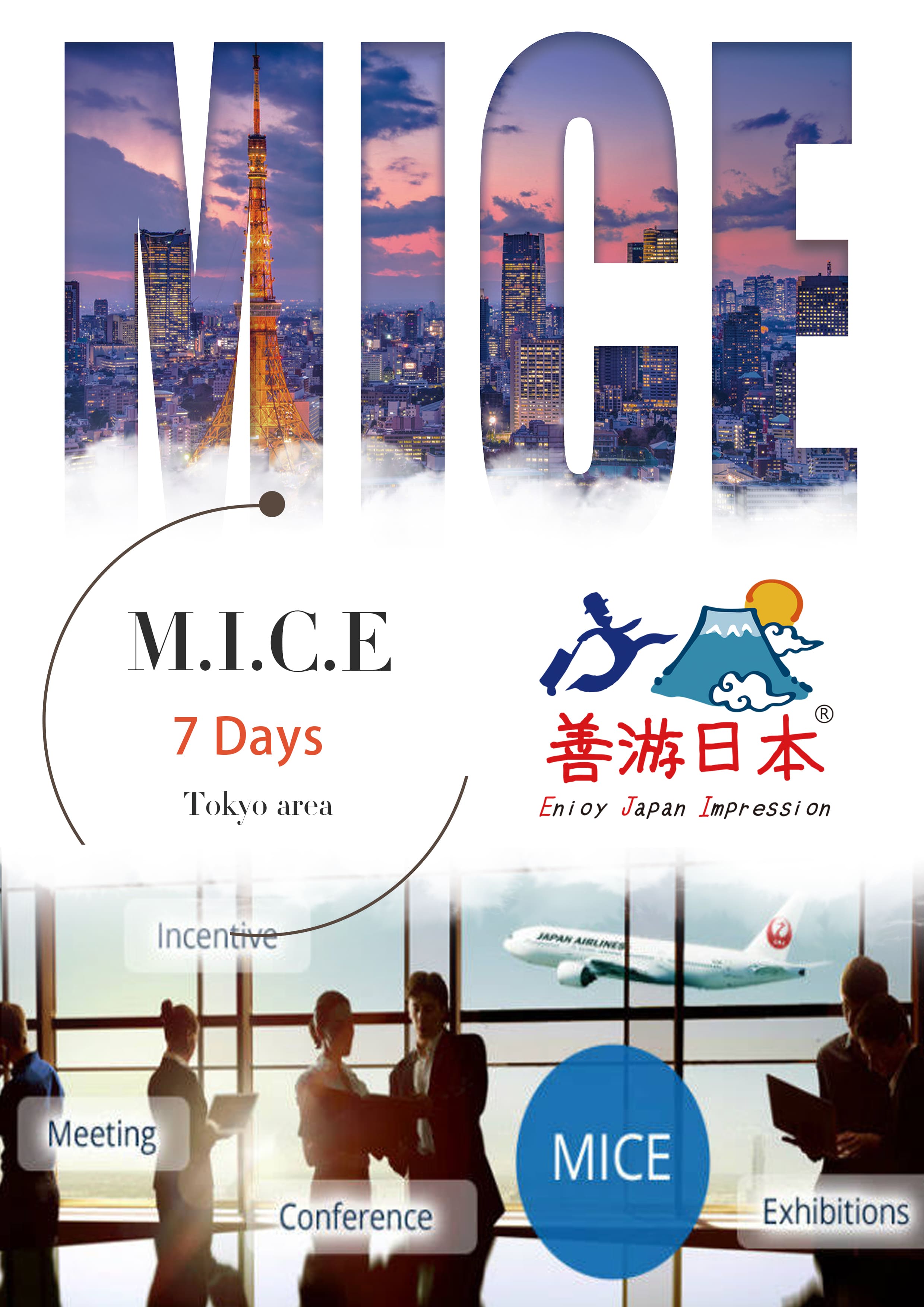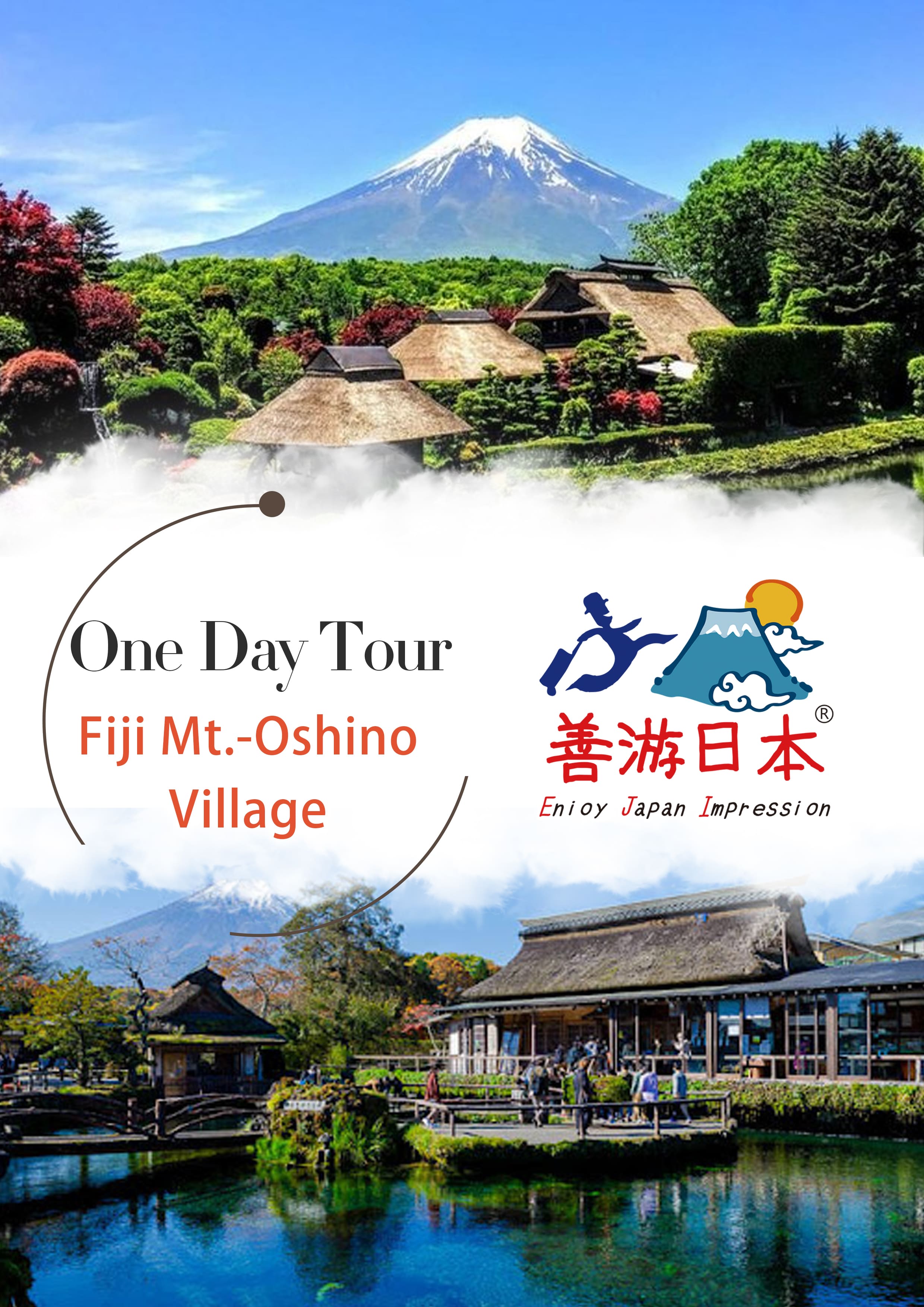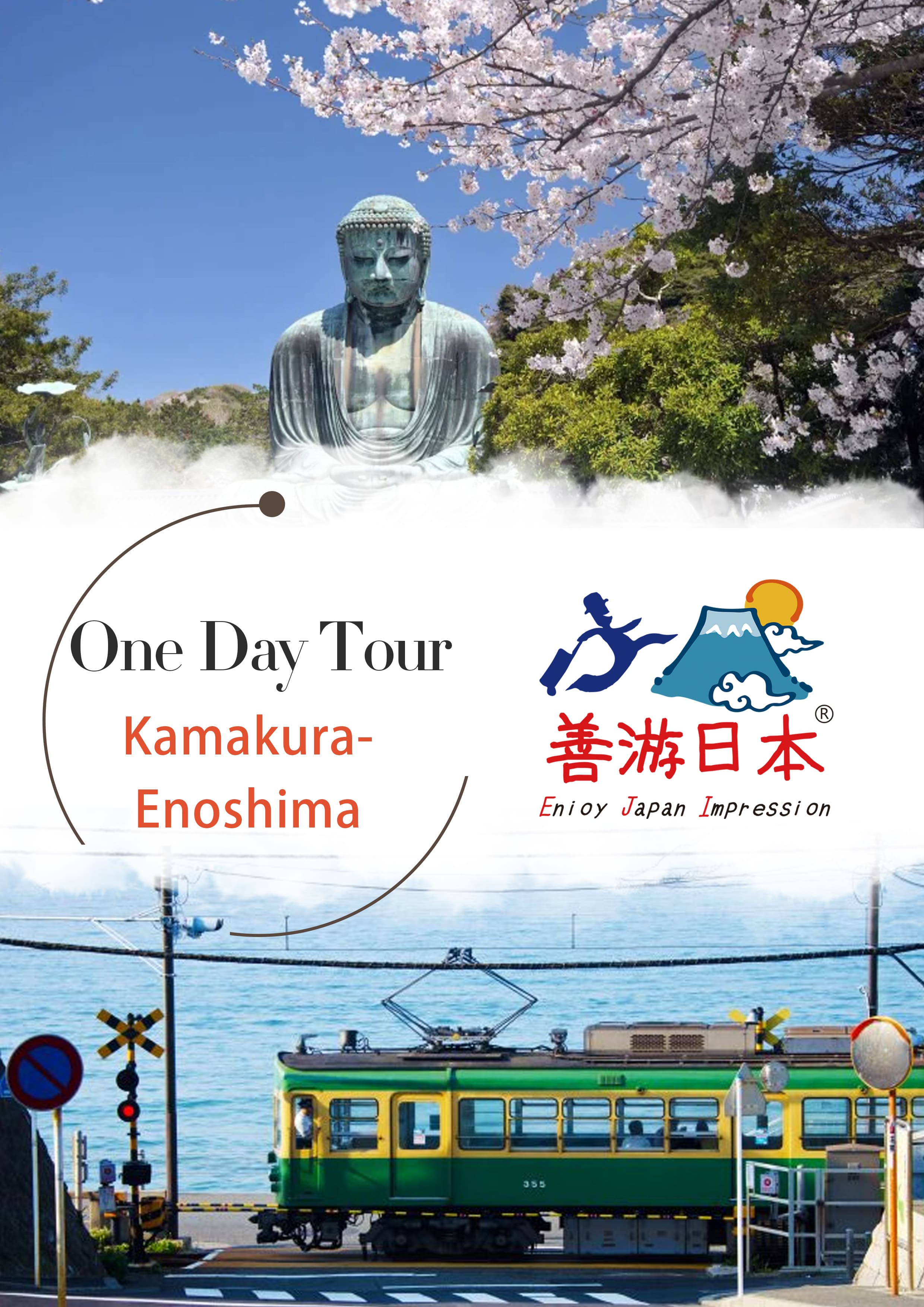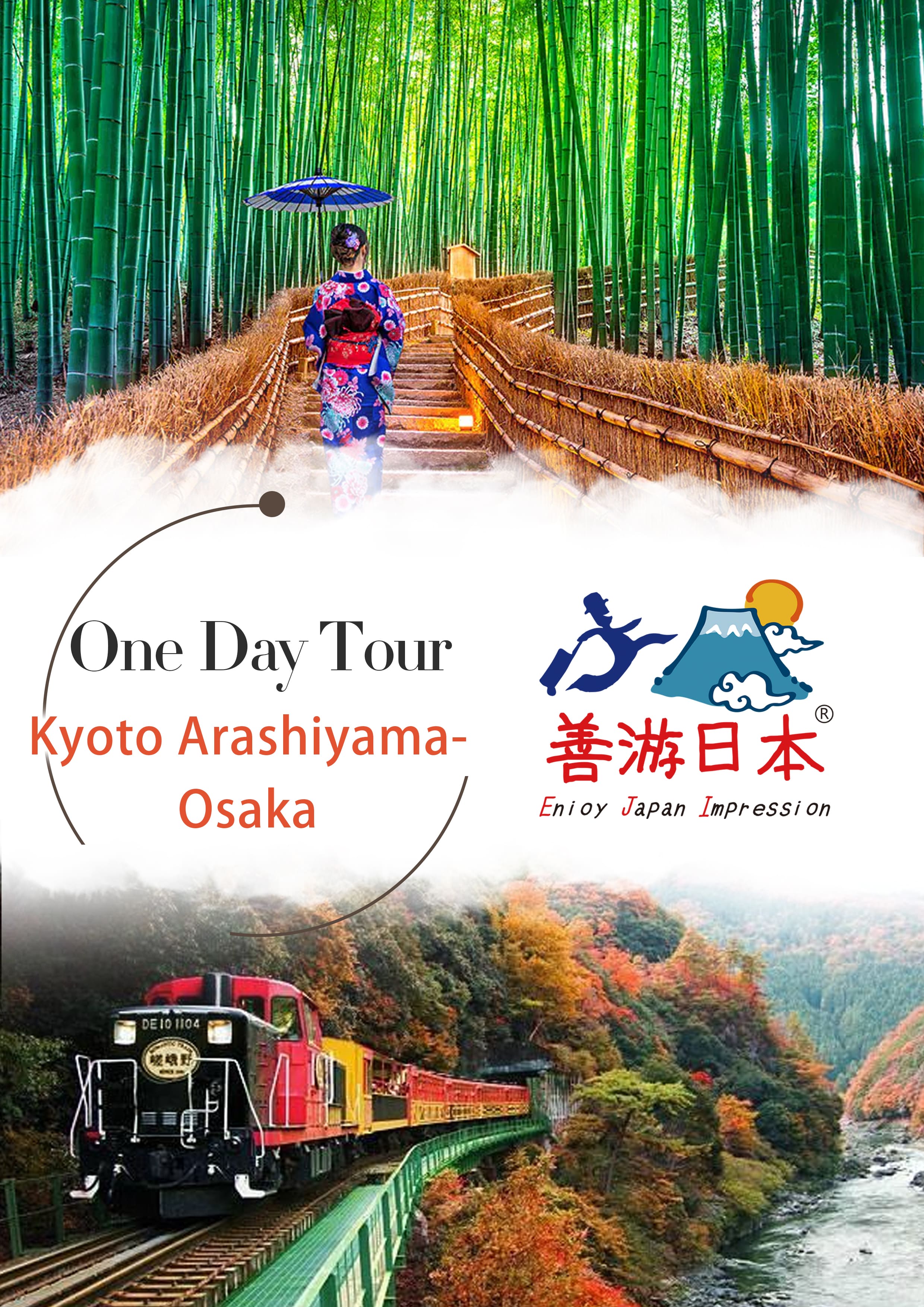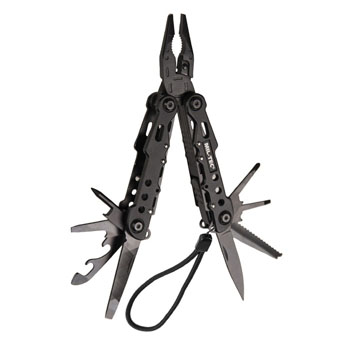Muslim Tour
|
Date |
Itinerary |
Hotel |
|
DAY1
|
NARITA – TOKYO |
Tokyo Area |
|
DAY2 |
Asakusa Kannon Temple- Nakamise Street- Sumida Park- Asakusa Mosque for Friday Prayer- Shibuya Sky Building- Photo stop at Hachiko Statue- Shibuya Crossing |
|
|
DAY3 |
Tokyo Disney Sea and Tokyo Disney Land |
|
|
DAY4 |
Mt. Fuji, visit Mt. Fuji level 5 (if weather permits)- Lake Kawaguchi-Saiko Iyashi Sato (include wearing kimono & samurai gear)- Gotemba Premium Outlet- Transfer to Kyoto by Shinkansen (Overnight) |
Osaka Area |
|
DAY5
|
Kyoto Station- Visit Kyoto Central Masjid for pray iedh adha- free program until Midday Prayer- Visit Kiyomizu Temple (including ticket)- Visit Fushimi Inari Taisha |
Osaka Area |
|
DAY6
|
||
|
DAY7
|
FREE DAY (NO GUIDE NO BUS) |
|
|
DAY8
|
Osaka Airport |
× |
DAY1
Narita -Tokyo

DAY2
Asakusa Kannon Temple- Nakamise Street- Sumida Park- Asakusa Mosque for Friday Prayer- Shibuya Sky Building- Photo stop at Hachiko Statue- Shibuya Crossing
Asakusa Kannon Temple
Sensō-ji, officially Kinryū-zan Sensō-ji , also known as Asakusa Kannon, is an ancient Buddhist temple in Asakusa, Tokyo, Japan. It is Tokyo's oldest-established temple, and one of its most significant. It is dedicated to Kannon, the bodhisattva of compassion. Structures in the temple complex include the main hall, a five-story pagoda and large gates. It is the most widely visited religious site in the world with over 30 million visitors annually
Sumida Park is a large green space in the Asakusa area with attractive natural scenery, riverside strolling paths, and a variety of public facilities.
Asakusa Mosque for Friday Prayer-
Daar Al-Arqam Mosque (Japanese: , Hepburn: Dāru Aru Arukamu masujido), commonly known as Masjid Asakusa or Asakusa Mosque (, Asakusa mosuku), is a mosque located in Asakusa, downtown Tokyo, that was built in 1998. It is managed by the Japan Mosque Foundation (JMF) which is one of the departments in the institute Islamic Circle of Japan.
Shibuya Sky Building
Hachiko Statue A statue of the Akita dog Hachikō, remembered for his unwavering loyalty to his deceased owner, is installed outside Tokyo's Shibuya Station, in Japan.
Shibuya Scramble Crossing (, Shibuya sukuranburu kōsaten), commonly known as Shibuya Crossing, is a popular pedestrian scramble crossing in Shibuya, Tokyo, Japan.[1] It is located in front of the Shibuya Station Hachikō exit and stops vehicles in all directions to allow pedestrians to inundate the entire intersection. The statue of Hachikō, between the station and the intersection, is a common meeting place, which is almost always crowded.


 |
 |
||
DAY3
Tokyo Disney Sea and Tokyo Disney Land

 Tokyo Disney Resort is a themed resort with two Disney theme parks – Tokyo Disneyland, known as “The Kingdom of Dreams and Magic,” and Tokyo DisneySea, “Where Adventure and Imagination Set Sail” – as well as Disney Hotels, a convenient monorail line connecting major destinations around the Resort, and more. The closest station to Tokyo Disney Resort is JR Maihama Station, which is about 15 minutes by train from JR Tokyo Station.
Tokyo Disney Resort is a themed resort with two Disney theme parks – Tokyo Disneyland, known as “The Kingdom of Dreams and Magic,” and Tokyo DisneySea, “Where Adventure and Imagination Set Sail” – as well as Disney Hotels, a convenient monorail line connecting major destinations around the Resort, and more. The closest station to Tokyo Disney Resort is JR Maihama Station, which is about 15 minutes by train from JR Tokyo Station.

 |
DAY4
Lake Kawaguchi-Saiko Iyashi Sato - Gotemba Premium Outlet- Transfer to Kyoto by Shinkansen (Overnight)
Lake Kawaguchiko serves as the main point of entry to this famous lake region. It is the second largest of the Five Lakes in terms of surface area and the second most shallow with a depth of only 14.6 meters. It has a surface elevation of approximately 830 meters, which accounts for its relatively cool summers and icy winters.
yashi no Sato stands on the site of a former farming village on the western shores of Lake Saiko. The village was destroyed by a landslide during a typhoon in 1966. Forty years later the village's traditional thatched roofed houses were reconstructed and reopened as an open air museum and traditional craft village where people can learn about the culture and try out and purchase different local handicrafts.
Gotemba Premium Outlet
The Gotemba Premium Outlets are Japan's most popular outlet mall, located in Gotemba City at the base of Mount Fuji, not far from Hakone.


DAY 5
Kyoto Central Masjid for pray iedh adha- free program until Midday Prayer- Visit Kiyomizu Temple (including ticket)- Visit Fushimi Inari Taisha
Kyoto Muslim Community (KMC) Ippan Shadan Houjin is a registered organization in Japan since 2018, aiming to become one of the major religious organizations in Japan. KMC supports the Masjid building and development for the future of Muslim community in Kyoto, organizes various Islamic events for Dawaa, and exchanges cultural activities between Muslims and the Japanese people.
Visit Kiyomizu Temple
Kiyomizudera (literally "Pure Water Temple") is one of the most celebrated temples of Japan. It was founded in 780 on the site of the Otowa Waterfall in the wooded hills east of Kyoto, and derives its name from the fall's pure waters. The temple was originally associated with the Hosso sect, one of the oldest schools within Japanese Buddhism, but formed its own Kita Hosso sect in 1965. In 1994, the temple was added to the list of UNESCO world heritage sites.
Fushimi Inari Shrine (Fushimi Inari Taisha) is an important Shinto shrine in southern Kyoto. It is famous for its thousands of vermilion torii gates, which straddle a network of trails behind its main buildings. The trails lead into the wooded forest of the sacred Mount Inari, which stands at 233 meters and belongs to the shrine grounds.



DAY6
Photo stop at Osaka Castle- Kuromon Market- Visit Shinsaibashi Dotonbori- Visit Masjid Istiqlal Osaka
Osaka Castle is a Japanese castle in Chūō-ku, Osaka, Japan. The castle and fortress are one of Japan's most famous landmarks and it played a major role in the unification of Japan during the sixteenth century of the Azuchi-Momoyama period
Kuromon Market ( Kuromon Ichiba) is a covered public market that stretches around 600 meters parallel to Sakaisujidori Street in the Minami area of Osaka. The market has about 150 shops that predominantly sell fish, meat and produce, with other shops also purveying traditional sweets and low priced clothes and homeware. The market dates back to the Edo Period, and today makes for an atmospheric place to stroll around and try street foods.
Dōtonbori or Dōtombori ( pronounced [doːtomboɾi]) is a district in Osaka, Japan. Known as one of Osaka's principal tourist and nightlife areas, the area runs along the Dōtonbori canal from Dōtonboribashi Bridge to Nipponbashi Bridge in the Namba district of the city's Chūō ward. Historically a theater district, it is now a popular nightlife and entertainment area characterized by its eccentric atmosphere and large illuminated signboards.
Shinsaibashi is a district in the Chūō-ku ward of Osaka, Japan and the city's main shopping area. At its center is Shinsaibashi-suji , a covered shopping street, that is north of Dōtonbori and Sōemonchō, and parallel and east of Mido-suji street. Associated with Shinsaibashi, and west of Mido-suji street, is Amerika-mura, an American-themed shopping area and center of Osaka's youth culture. Major stores and boutiques concentrates are found around the area. Shinsaibashi is easily accessed via the subway.


 |
|||
 |
|||
DAY 7
Free Day

DAY 8
Tokyo – Narita Airport

 |
|
Quotation |
|
Traffic Day2-6 All days Day 1,8 Airport transfer Chartered Coach Fee (10 hours/day) Overtime charge JPY 11,000/hr Type of Coach:Coaster *1 Capacity:up to 18-22 seats Items are including (The guide is paid on-site): 1.Toll Way Road Fee 2.Parking Fee 3.Meal Expence for driver 4. Accommodation fee for driver |
|
Meals: |
|
Ticket: Shibuya Sky Building/Tokyo Disney Sea /Tokyo Disney Land/Saiko Iyashi Sato/Kiyomizudera |
|
Indonesian-speaking guide*1:Meals, accommodation, transportation, etc. |
|
Leader:1 FOC |
|
10 person 250,000 yen pax |
|
All the prices are only for reference. Exact price will be based on the latest quotation when date, number of pax and currency are confirmed. |
